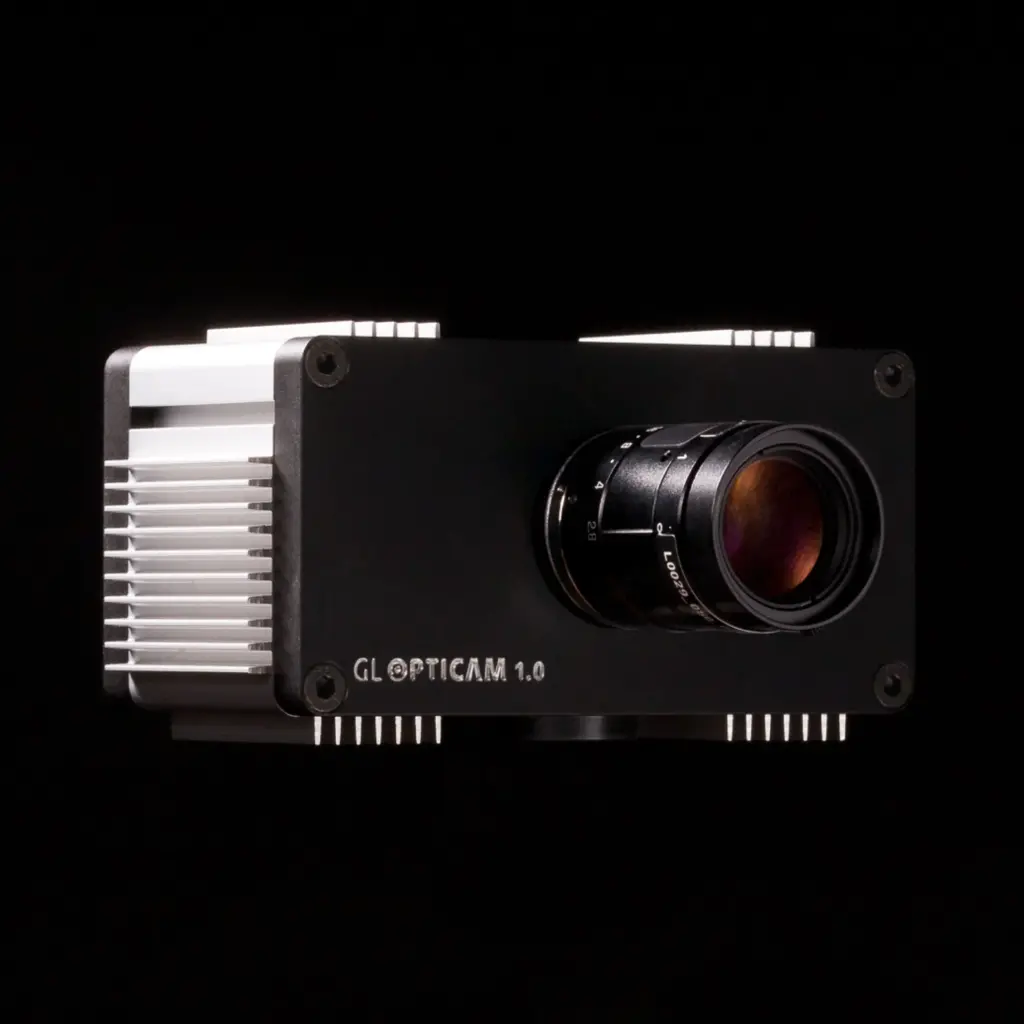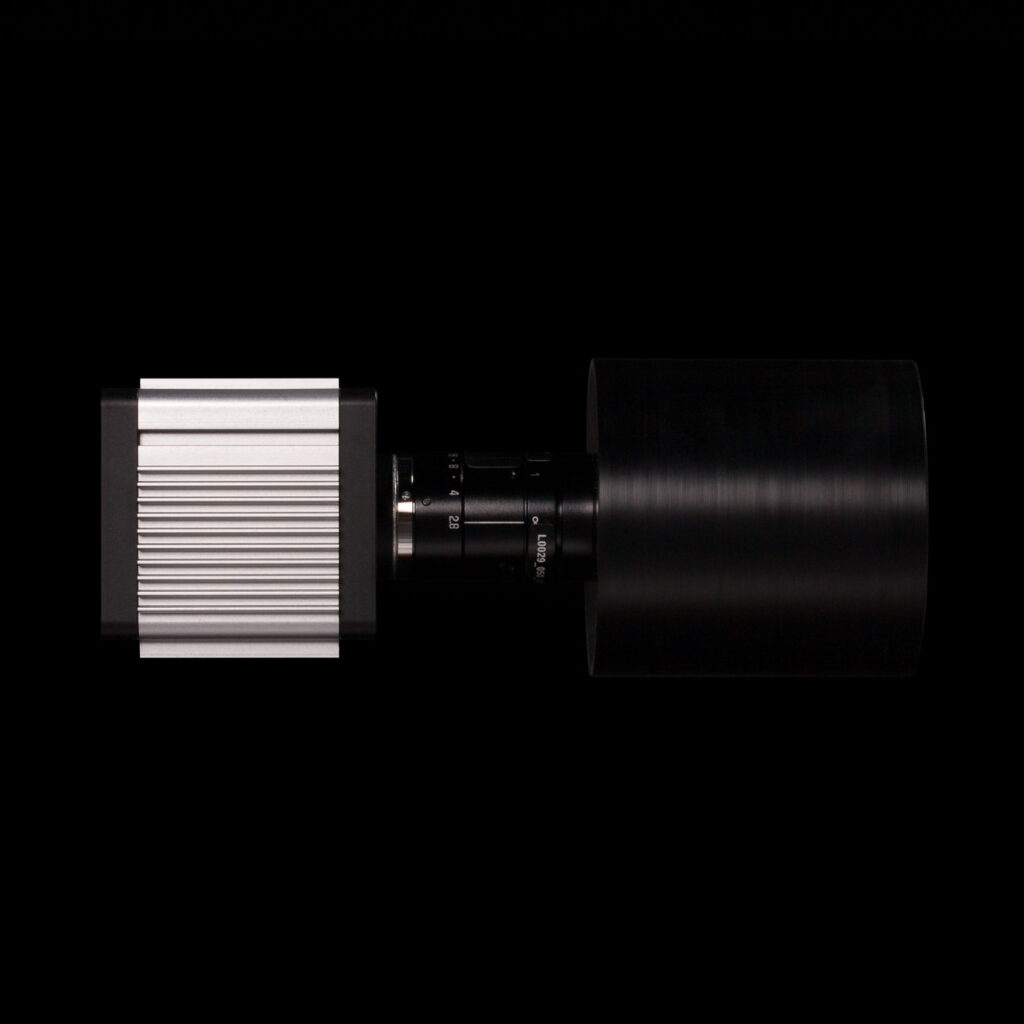Any questions or would you like to order this product? Do not hesitate to contact us
Product categories
Filter the products and categories by showing only certain partners.
Imaging luminance meter for precise testing
Engineers and designers can better regulate lighting performance with the use of secondary optics and diffusing materials in LED lighting product development. As a result, in order to prevent glare issues, makers of LED-based lamps and luminaires require dependable luminance testing solutions that enable them to confirm brightness uniformity when diffusing materials are utilized and determine the maximum luminance levels.
To maintain uniformity and control over product performance, all touch-screen control panels, displays, backlit keyboards, and signage must be tested during the research and development phase. As the uses for LED lighting products grow, so does the need for on-site luminance measurements. These measurements are needed for maintenance control of both indoor and outdoor lighting installations as well as lighting audits for both new and retrofit LED installations.
The entry-level GL OPTI CAM 1.0 optical camera system offers outstanding performance at a reasonable cost. It has a lens designed for accurate luminance measurements and a high-resolution CMOS image sensor with a V-Lambda correction filter to mimic human reactions to brightness. If you require testing for brightness and color, the extra features can be used in conjunction with our GL SPECTIS 1.0 Touch spectral instrument.


Instant luminance measurement
This high-sensitivity and high-resolution camera system is ready to use in the field, in production, or in the laboratory for instantaneous brightness measurements. With our imaging luminance camera for LEDs and other light sources, you can plug and measure whenever you require quick and accurate luminance testing. Every luminance camera has a V(λ) optimized filter installed and is calibrated separately.
Develop better products
Simplify production testing
For luminance quality monitoring throughout the production process of LED modules, a fast and reliable optical system is needed. In order to provide dependable and useful data for pass-fail production monitoring systems, this image luminance meter can be integrated into production inline and off-line testers for LED modules, displays, and instrument cluster testing.
GL OPTICAM 1.0 Usage
Luminance under control
Existing clients in the automotive and home appliance electronics sectors spurred the development of the GL OPTICAM image luminance device. For efficient and trustworthy component testing during inbound QC, development, and production testing, they needed a camera system that was both easily accessible and dependable. It soon became clear that many additional clients dealing with LED-based lighting goods also needed the same system, which calls for useful and user-friendly equipment for brightness measurements both in-house and on-site. The new Sony CMOS monochromatic image sensor, along with our V-lambda class A correction filter and a carefully chosen lens for multipurpose luminance tests and measurements, served as the foundation for the construction of GL OPTICAM 1.0. This instrument is a useful tool that can be used anywhere while retaining laboratory precision and performance thanks to its small housing design.
Demanding measurements made easy
With the aid of our GL OPTICAM SOFT analysis software, this light camera brightness meter enables quick setup and measurement of various objects. Just connect this calibrated imaging luminance meter to your PC, and you may use it to measure brightness, configure parameters, and monitor image quality by taking a picture of the device. The analytical software will immediately display other important data, present brightness levels and histograms, and determine default regions of interest. The technology assists in analyzing particulars and areas and might even offer the required adjustments. Similar to standard scientific equipment, this one offers absolute luminance accuracy.
When luminance and color matters
The basic GL OPTICAM 1.0 luminance meter can be used in conjunction with our GL SPECTIS 1.0 Touch spectral device to provide luminance and color testing and assessment when the lighting fixture or electrical board uses different color LEDs. Combining the spectroradiometric measurement with the luminance camera measurements is possible with our GL SPECTROSOFT. This allows us to provide complete colorimetric and spectral data for the LED product that is being tested, as well as mismatch correction for brightness values to obtain the best accuracy.
GL OPTICAM 1.0 Features
Plug and measure
Digital luminance camera system that is uniquely calibrated and preconfigured for quick testing of light components and quality control of light devices. Measure the absolute brightness level by positioning this device on the tripod in front of the lighting system. For product testing and field measurements related to lighting system quality control, use this tool in the lab.
Dedicated V- lambda filter
A carefully chosen class A optically adjusted filter is fitted to every camera to ensure the best possible brightness measurements that match the sensitivity of the human eye. Every filter has a unique optimization for every CMOS sensor.
Adding spectrum and color
The quality control can be expanded with colorimetric values such as CCT, CRI, and many more by combining this new picture luminance camera with our spectrum instruments, such as GL SPECTIS 1.0 Touch. It will also enable the measurements of multiple-color LED devices and offer an automatic filter miss-match adjustment process.
GL OPTICAM 1.0 Metrics
Photometric quantities
- Point Luminance [cd/m2]
- Luminance distribution
- Iso candela diagram
- Average luminance
- Min Max diagram and tables
Spectral color quantities*
- Correlated Color Temperature – CCT and Duv
- Color Rendering Indices – Ra, CRI, R1 to R14
- New rendering Rf and TM-30
- Color Uniformity
- Binning and color consistency
- Spectral Power Distribution
PDF and available downloads
You can download the information on this page and the available downloads as one PDF file. There are 2 downloads available for this product.
Enter your email address once to gain access to all downloads on the PEO website.
There are 2 downloads available for this product.








